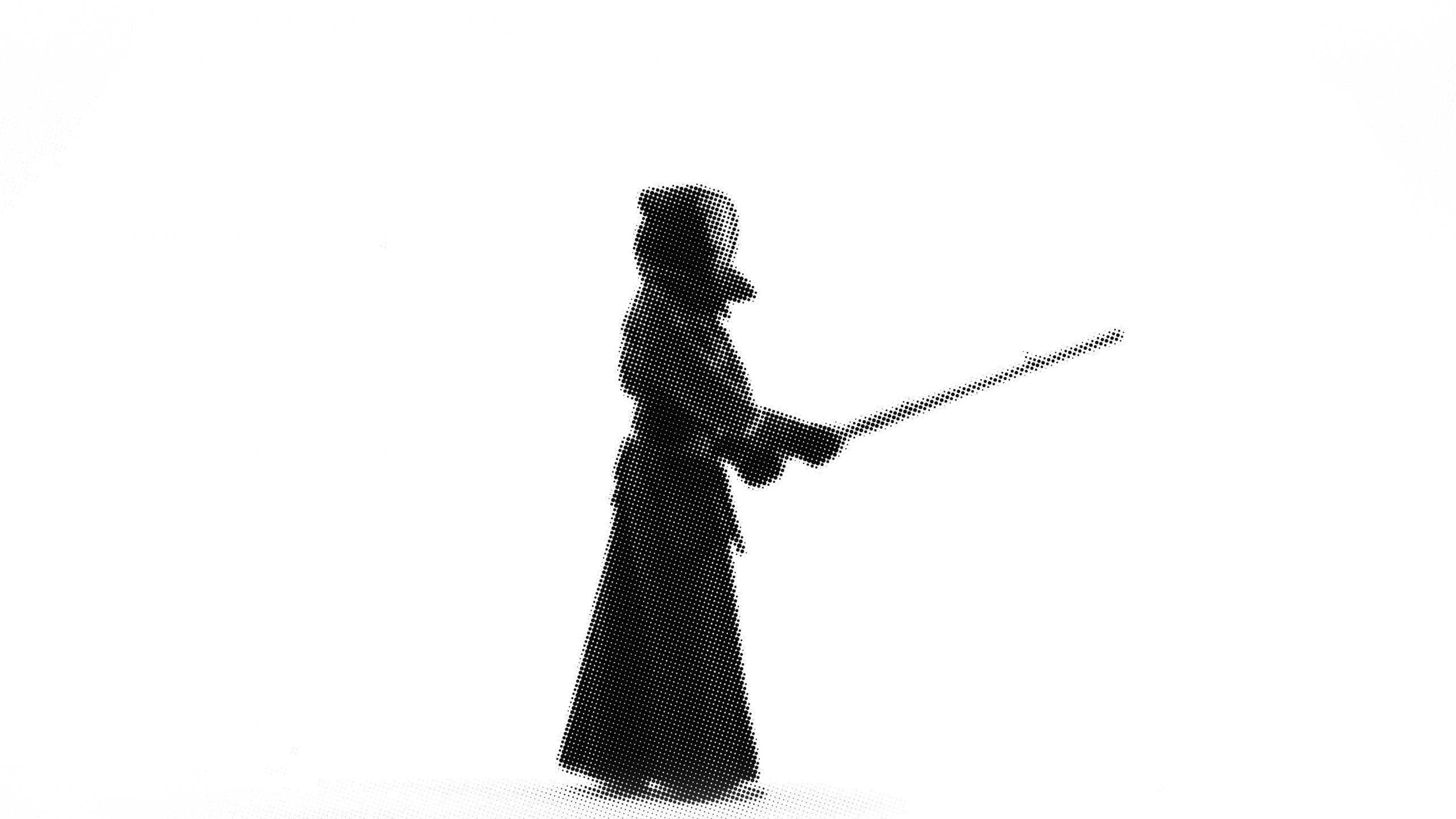You recently started Kendo with us and you want to become familiar with the swings in the air we do before and/or after training? This is a small guide on suburi you will do at Helsingin Yliopiston Kendoseura (HY Kendo) during your basic course and after.
Suburi (素振り, lit: naked or unadorned swing[1]) is a Japanese word for practice swings with a shinai or bokken in kendo.
note that the word can be used in other sport with similar meanings.
You will come across many types of suburi during your kendo journey in many different forms. In Finland, and more specifically at our asa-geiko we use them as warm-up and cooldown exercises, they are usually demonstrated by Markus Frey sensei, Merci sensei, or a senpai. While doing suburi at our current dojo, you are facing the mirror and can check that your posture is straight and your left hand is always in the center.
This is the list of the most common ones we use:
- Jōge-Suburi (上下素振り) – These are swings that go from almost touching your lower back to almost touching the floor (stop around knee level).
- Naname-Suburi (斜め素振り) – You’ll be doing diagonal strikes, cutting across like you’re slicing through your opponent’s torso. We start with a cut to the left. You use Hiraki ashi footwork
- Shōmen-Suburi (正面素振り) – Aim for your opponent’s forehead with these strikes.
- Zenshin-Kōtai-Shōmen-Suburi (前進後退正面素振り) – Start by moving forward and striking to the forehead, then move back and do it again.
- Sayū-Men-Suburi (左右面素振り) – Alternate strikes to the opponent’s forehead, starting from your right-hand side then left.
- Haya-Suburi (速素振り) – These are rapid swings where you cut forward and then bring the shinai back up. Your feet should glide on the floor and you shouldn’t jump.
- Katate-Suburi (片手素振り) – Hold the weapon with just your left hand, which is supposed to give you the power. here we usually do different variation of katate-men suburi
Suburi is used as a warm-up before actual practice begins, they are usually done in sets of ten, therefore you will have to learn how to count in Japanese until ten (see below). Of course, you can also do suburi as a different exercise (not as a warm-up,), but let’s not run ahead. In most of the suburi described above you shout the numbers 1 to 10 instead of the place (e.g. men) you are hitting. Sometimes, the sensei will count and you will use your normal kiai, but this would be mentioned in advance. Suburi are used to loosen the wrists (naname-suburi) and elevate heart rate (haya-suburi). But you should always try to do proper strikes rather than being as fast as possible.
One – ichi (pronounced “eechee” – but a little short on the “ee”)
Two – ni (pronounced as in “knee”)
Three – san (close to “son”)
Four – shi (pronounced “she”)
Five – go (sounds kind of like it’s spelled, except with a Japanese accent)
Six – roku (actually, there’s no R sound in Japanese – sort of roll an L and you’ve got it)
Seven – shichi (see ichi)
Eight – hachi
Nine – ku (as in “kudos”)
Ten – jyu (same “u” pronounciation as in “kudos”)
Other suburi you can encounter
- Men suburi (面素振り) – Vertical strikes to the opponent’s head (men) while maintaining proper form and posture.
- Kote suburi (小手素振り) – Strikes targeting the wrist (kote) area of the opponent. Helps in improving precision and timing.
- Do suburi (胴素振り) – Strikes aimed at the torso (do) of the opponent, typically executed in a horizontal motion.
- Tsuki suburi (突き素振り) – Thrusting strikes directed towards the throat (tsuki) of the opponent, emphasizing accuracy and control.
- Matawari suburi (股割り素振り) – Suburi implemented with the legs places outside shoulder width, toes pointing to a 45 degree angle. While doing the suburi, the posture is straight and upright, while the body shifts up and down.


Leave a Reply